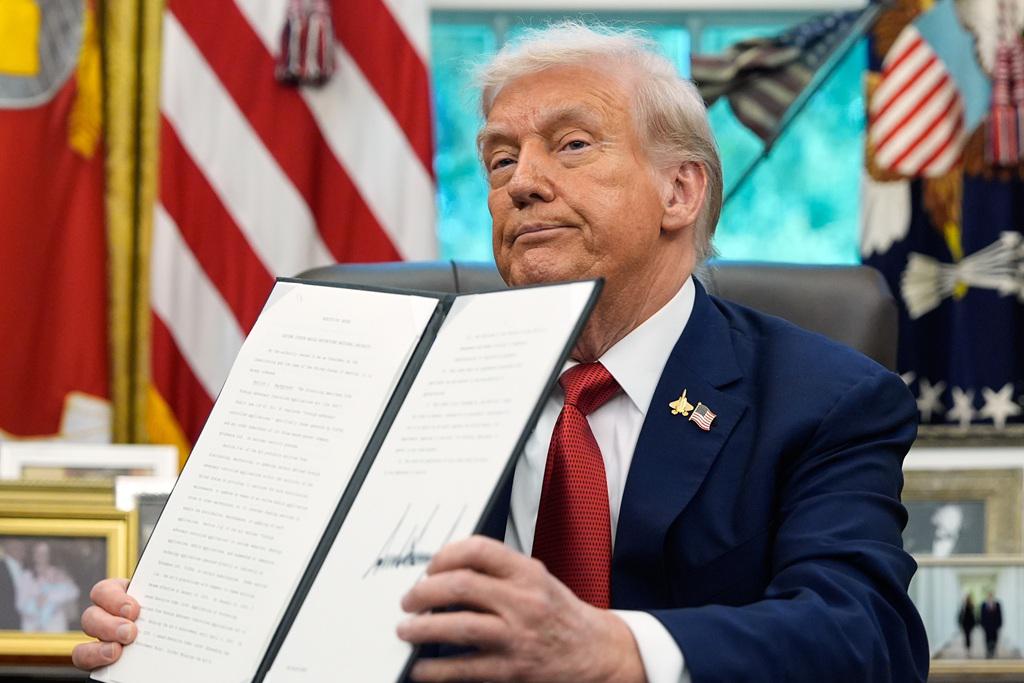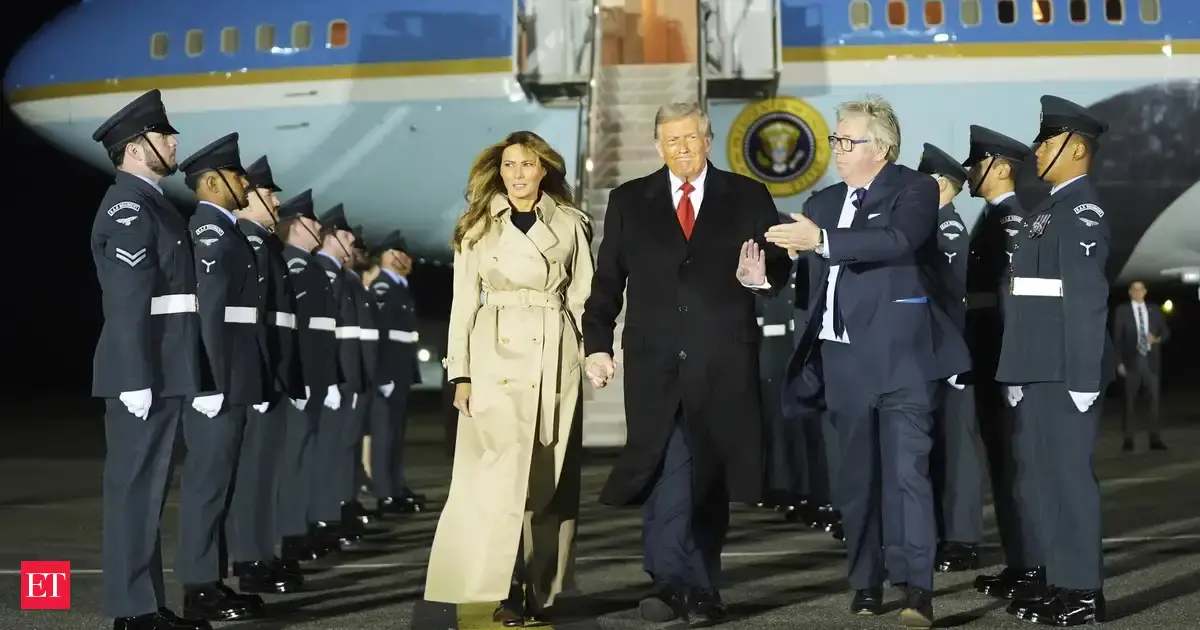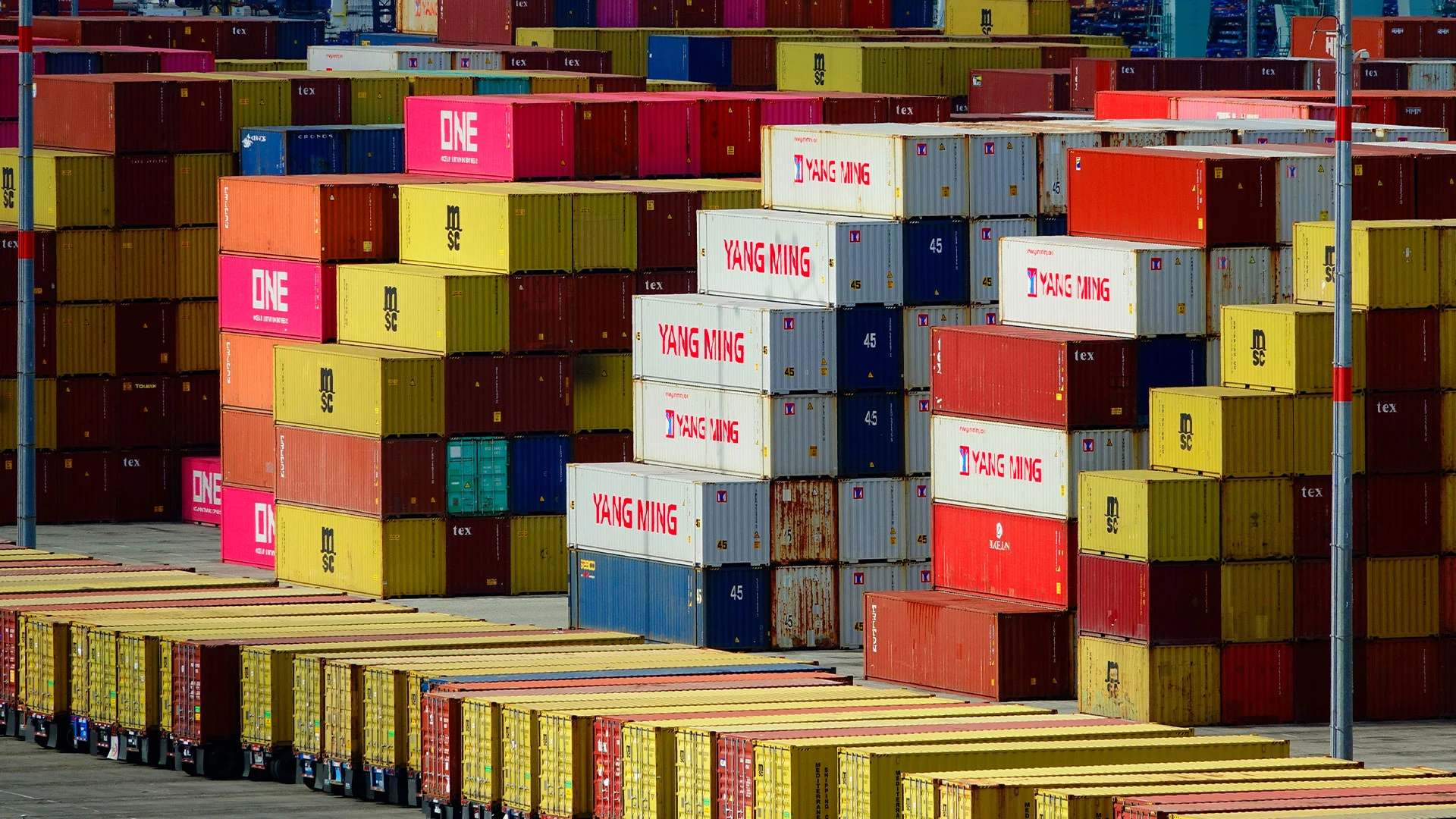By Robert Kuttner
Copyright prospect

Once in a great while, our Dear Leader does something half-right. Exhibit A was Operation Warp Speed, where Trump spent a fortune in taxpayer dollars to develop mRNA COVID vaccines, but got nothing back from the immense windfall to drug companies (he hadn’t discovered nationalization yet). He then rained on his own parade by naming RFK Jr. to head HHS, disparage vaccines, and pull funding from the next generation of mRNA vaccines.
Exhibit B is the H-1B visa program, where Trump abruptly imposed a visa fee of $100,000 per imported worker. The program, on the whole, is a travesty. It’s a modern version of international indentured servitude. Trump’s action was impulsive, weird, and theatrically disruptive rather than reformist. He didn’t say whether it was a one-time or annual fee, and reportedly he hasn’t even figured that out yet. Nonetheless, we’ll take it.
Under H-1B, which dates to 1990, large multinational companies, claiming shortages of qualified workers, can get special visas to import low-wage workers from countries such as India, on special five-year visas. During the five years, the worker is basically the property of the company. The worker is not free to take other jobs, which of course undercuts the bargaining power to demand decent treatment and pay. Currently, about 700,000 foreign nationals work in the U.S. on H-1B visas.
In principle, the program requires workers to be paid at prevailing wage levels commensurate with their domestic counterparts. While some are, this is systematically violated, and supply and demand comes into play. If you expand the pool of workers, especially ones from lower-wage countries, the increased labor supply will reduce the prevailing wages and worker bargaining power.
Meanwhile, with AI’s impact on coding and other related business lines, there is no shortage of domestic tech workers. There is merely a shortage of domestic tech workers who will work for Indian wages. According to the Federal Reserve Bank of New York, recent computer science graduates have an unemployment rate of 7.6 percent, more than double the average for all recent college grads. Their median earlycareer pay is $80,000, and their mid-career pay is $122,000; thus the appeal of H-1B indentured servants who will work for less.
The biggest user of these visas is the tech industry. Amazon was the biggest sponsor of H-1B workers in 2025, with approval for more than 14,000 H-1B hires, followed by Microsoft, Meta, Apple, Google, Cognizant Technology Solutions, JPMorgan Chase, and Walmart. By far, the biggest supplying country is India, with about 70 percent of H-1B workers in the U.S.
Trump’s order has stimulated a massive pushback from large corporations, which will be required to pay the fee retroactively, and a long-overdue debate. On Wednesday, Senate Judiciary Committee Chairman Chuck Grassley (R-IA) and ranking Democrat Dick Durbin of Illinois sent a joint letter to several Big Tech CEOs asking why they continue to hire tens of thousands of imported workers while cutting other jobs.
The letter to Amazon CEO Andy Jassy declared, “With all of the American homegrown talent relegated to the sidelines, we find it hard to believe that Amazon cannot find qualified American tech workers to fill these positions.”
The H-1B story is a variant of the challenge of dealing with globalization of labor markets. Whether lower pay in countries such as China or India shows up in imported products or in imported workers, it has to depress American wages. Meanwhile, American CEOs make more money than ever.
Trump is on both sides of this argument, raising tariffs but depressing domestic wages by weakening industrial policies and rules against noncompete clauses and making life generally easier for oligarchs. In the case of the H-1B fee, he stumbled into a useful if impulsive action. Even a stopped clock is right twice a day.



